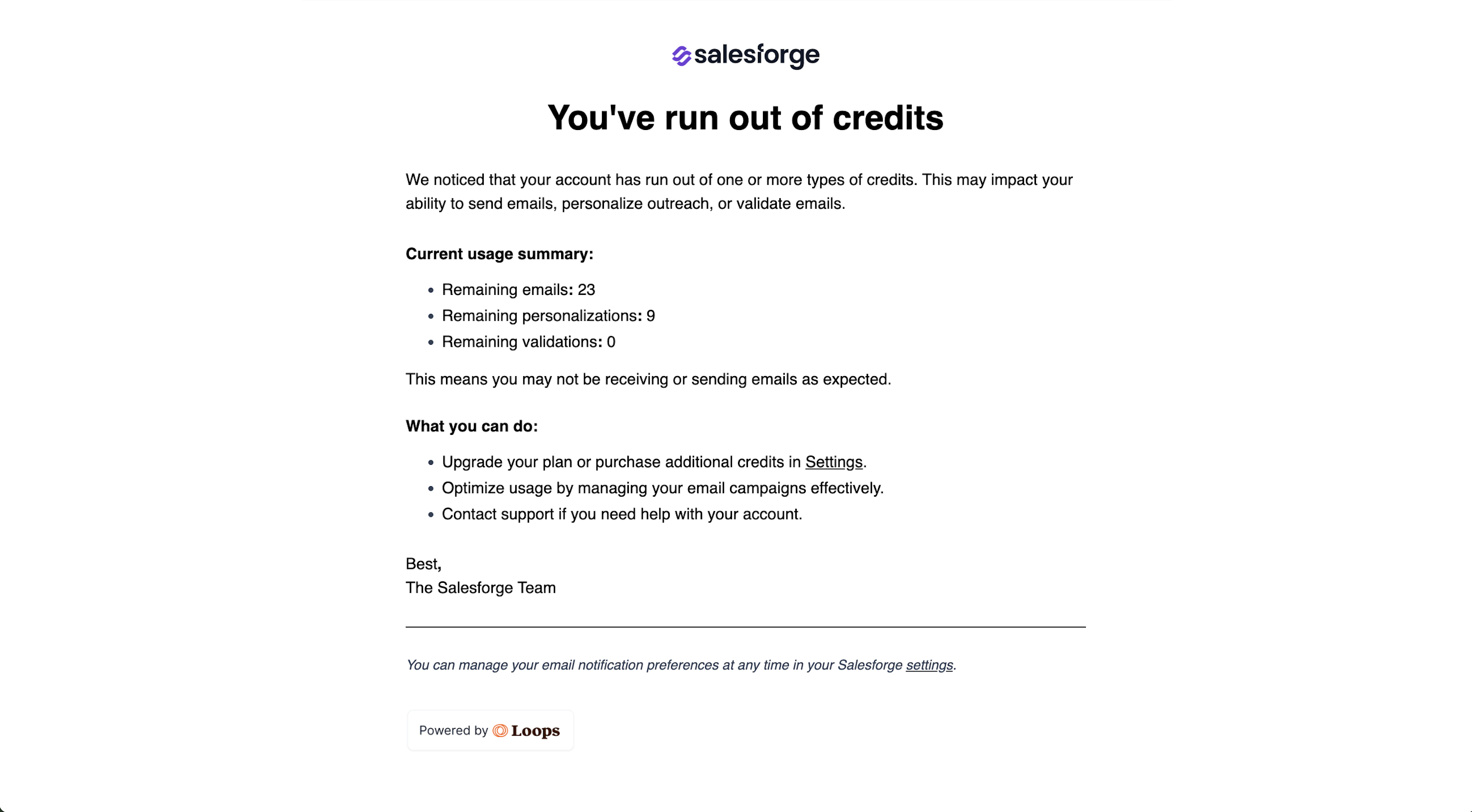Weekly release update: Apr Week 2
Updates from last week! 👀
Here’s what’s new in Salesforge 📬 & Agent Frank 🤖
1. New Feature Drop: Opt-Out Rate Metric is LIVE!
Another slick upgrade just landed—we’ve added a new metric card for Opt-Out Rate in both Sequences and the Agent Frank detailed view in Salesforge!
Now you can:
See exactly how many prospects are opting out of their outreach
Spot sequences that might be too aggressive or missing the mark
Tweak messaging and targeting for better engagement (and fewer unsubscribes)
This is a big win for deliverability, compliance, and keeping outreach sharp.
2. New Feature Drop: Product Email Notifications Are LIVE! 🚀
We just launched a brand-new layer of real-time visibility — Product Email Notifications are now LIVE in Salesforge!
Here’s what you will now get alerted about, straight to their inbox:
Mailbox(es) disconnected – so they can reconnect before it hurts deliverability
New reply received – excluding OOO and bounces, only the real ones
Running out of credits – whether it’s sending, validation, or anything else
You can opt-in or opt-out of these notifications anytime from their settings.
No more guessing. No more blind spots. Just clean, actionable updates to stay on top of their game.
New free tools on salesforge.ai 🔨
The Forge Sales GPT: Use our ChatGPT bot to create cold email sequences based on your ICP and value proposition.
We're still working on more features & workflow improvements across all forges in April! 🌱




![Inbox Rotation [Email Rotation]: How it helps in Email Deliverability](https://cdn.prod.website-files.com/6436c3ac9f9fd0594d00b9fc/673debd5c1df29d08d0246b2_Featured%20article%20(5)-min.avif)
